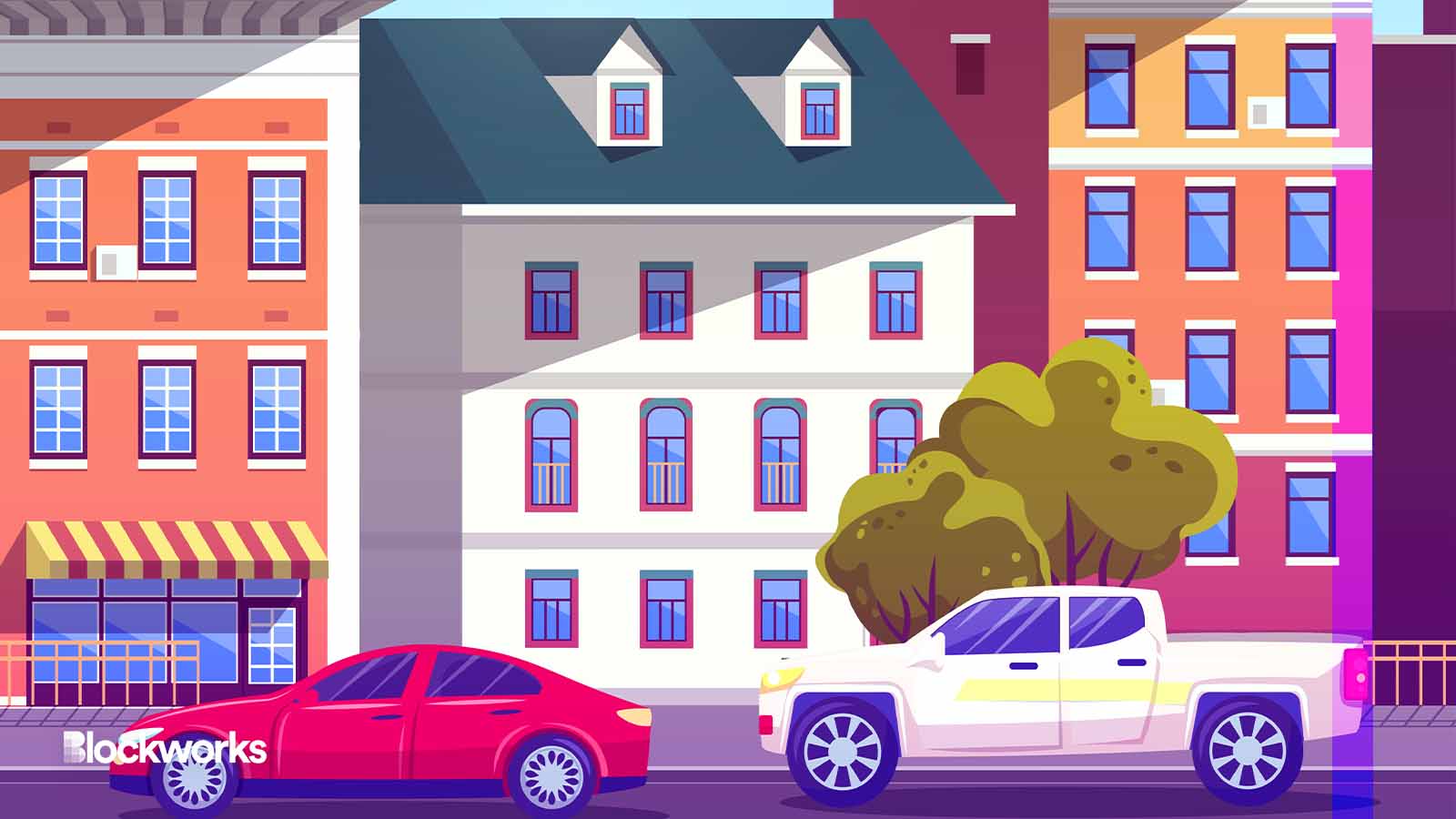Real world assets in DeFi: Buzzwords or the real deal?
Industry leaders need to be “more discerning when it comes to talking about real-world assets,” Santos says

robuart/Shutterstock modified by Blockworks
Real world assets.
It’s a topic that was “discussed heavily” at the Blockworks Permissionless II conference, according to investor Santiago Santos. But he wonders if the phrase carries a genuine narrative or is just the latest addition to the industry’s ever-growing collection of meaningless buzzwords.
On the Empire podcast (Spotify/Apple), Santos reflects on his conference experience, observing a “renewed interest in DeFi,” with a particular focus on the concept of real world assets. Despite the attention, not everyone agrees that the category will endure, he says.
Blockworks co-founder Jason Yanowitz cites a conference panel that discussed the topic, with Alliance DAO founding partner Qiao Wang asserting that the concept of real world assets is a “fake narrative.”
“His point was,” Santos replies, “stablecoins are real world assets.”
“The way we characterize and describe real world assets is a catch-all phrase,” Santos says, arguing industry leaders need to be “a little bit more discerning” when discussing the broad topic.
Santos suggests that many different classifications and potential “buckets of real world assets” might gain more traction over time, while others will fail.
“Certain real world assets lend themselves more to gaining traction on-chain than others,” he says, adding that many potential assets don’t deserve “to even have a crypto-native ‘wrapper.’”
Yanowitz suggests the technology’s selling point is its ability to “import yield” in various forms, including stablecoins. He points to Maker as an example of a company that is carrying out the process by valuing off-chain assets and then importing value to the blockchain.
“In the coming year or years, we’re going to find and develop more ways to import yield on-chain.”
We always get the nomenclature wrong in crypto
One frustration with the phrase “real world assets,” Yanowitz says, was explained by Superstate CEO Robert Leshner at the conference. The phrase “real world” — as a means to differentiate the assets from others — implies that on-chain is, logically, not the real world, he explains.
“There are traditional assets and there are crypto assets,” Yanowitz says. “Or, there are off-chain assets and there are on-chain [assets].”
“We always get the nomenclature wrong in crypto,” Santos smiles. “We do certain things very well as an industry, but nomenclature is not one of them.”
Santos reflects on past industry failures in the realm of real-world assets, noting the topic tends to be “very polarizing, because it failed before.” He mentions the example of Harbor, a “super-hyped” real estate fund tokenization platform that failed to gain traction after receiving a broker dealer license in 2019.
“It didn’t fulfill its promise,” he says. “It was a good idea. It was just like, it wasn’t the right time. It was too early. The infrastructure was not there,” he says. “That’s the state where crypto is today.”
“It’s just important to be mindful of things that have been tried in the past [and] revisit some of those,” he says, “because the infrastructure has come a long way.”
Get the news in your inbox. Explore Blockworks newsletters:
- The Breakdown: Decoding crypto and the markets. Daily.
- 0xResearch: Alpha in your inbox. Think like an analyst.






